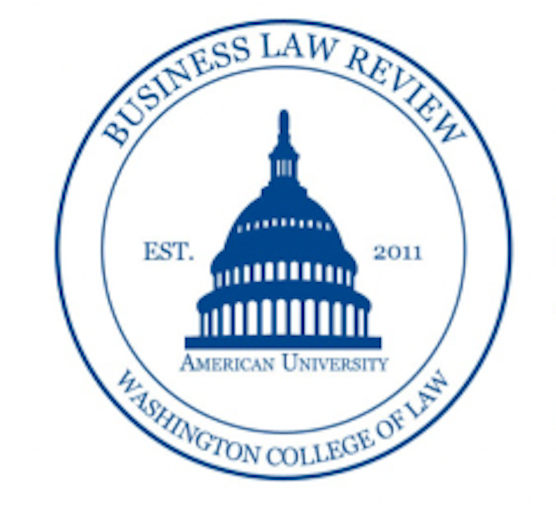By: Emily Wolfford
The plaintiffs, BRFHH Shrevport, LLC (BRFHH), an owner of a University Health Hospital and Vantage Health Plan, Inc. (Vantage), a health insurance provider, sued a competing healthcare provider, Willis Knighton Medical Center (Willis Knighton). The suit alleged two antitrust claims: 1) attempted monopolization and anticompetitive acquisitions and mergers, and 2) illegal merger in the pursuit of monopolization.
Vantage claimed damages against Willis Knighton in the amount of $22.8 million over a period of four years. Vantage alleged that because Willis Knighton provides service to nearly 80% of adult hospital and primary care patients and charges up to three times as much as the competitors, it has violated antitrust laws. Vantage further claimed that Willis Knighton obtained this monopoly power through: 1) acquisitions of five rival healthcare providers; 2) non-compete agreements with physicians; 3) owning several competing physician offices; and 4) refusals to accept business with Vantage, thereby boxing Vantage out of the market.
BRFHH Shrevport’s suit stemmed from their reliance on LSU medical students to supply their hospital through an agreement with the university. By LSU merging with Willis Knighton, BRFHH would suffer substantial losses in staff and business. In March of 2015, LSU and Willis Knighton signed a series of agreements providing that LSU would provide physicals for a number of new clinics that would be opened by Willis Knighton. BRFHH Shrevport claimed that this put Willis Knighton at too high of an advantage since Willis Knighton would be at the center of LSU’s business and medical decisions. BRFHH claimed that Willis Knighton devised this plan to push BRFHH out of business and strengthen Willis Knighton’s monopoly power. BRFHH estimated that their hospital would suffer a loss of $15 million annually.[1]
The defendant moved to dismiss the claims on the grounds that 1) Vantage had not “alleged a cognizable theory of anticompetitive conduct” required by section 2 of the Sherman Act[2]; 2) Vantage had not shown a competitive injury; and 3) the conduct of monopolization was so vaguely described the complaint could not plausible.[3]
The Court ultimately denied the defendant’s motion.[4] With regards to the first argument, the court held that under well-settled case law and application of the Grinnel [5] standard the plaintiff did have a claim because of Willis Knighton’s acquisitions. The court found that the non-compete and referal agreements are not anticompetitive, but the claim stands due to the acquisitions. On Willis Knighton’s second claim for dismissal, the Court found that there was in fact an antitrust injury inflicted on the plaintiff. The court reasoned that Vantage’s claim that Willis Knighton’s required high reimbursement rates injured them was enough to satisfy the injury requirement. Finally, the court found that the claim of monopolization was not vague, as under Twombly, [6] a plaintiff is not required to list every detail of its claim.
The court’s ruling is important because it shows that courts are broadly interpreting cases under antitrust claims, thus providing more security for smaller businesses trying to flourish in the relevant market. By moving towards a broad interpretation of antitrust standards, the courts are putting their foot down on abuse of dominant positions, resulting in a more fruitful and diverse economy.
[1] See BRFHH, 2016 U.S. Dist. LEXIS 44778, *5-14.
[2] Sherman Antitrust Act, 15 U.S.C § 1-7 (2013).
[3] See BRFHH, 2016 U.S. Dist. LEXIS 44778, *15-18.
[4] See BRFHH, 2016 U.S. Dist. LEXIS 44778, *19-71.
[5] United States v. Grinnell Corp., 384 U.S. 563 (1966).
[6] Bell Atl. Corp. v. Twombly, 550 U.S. 544 (2007).


